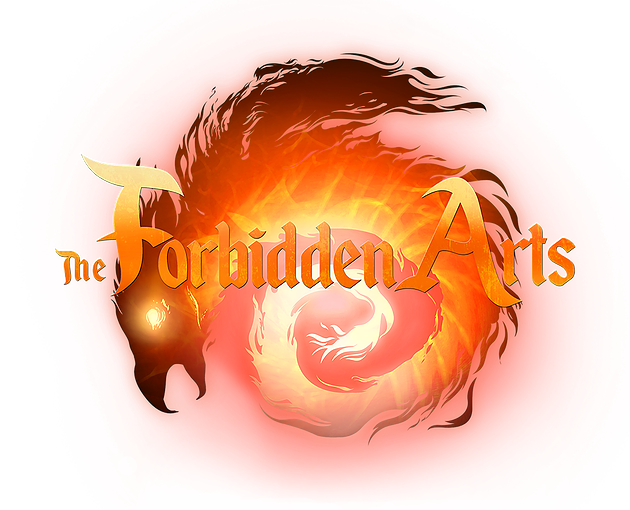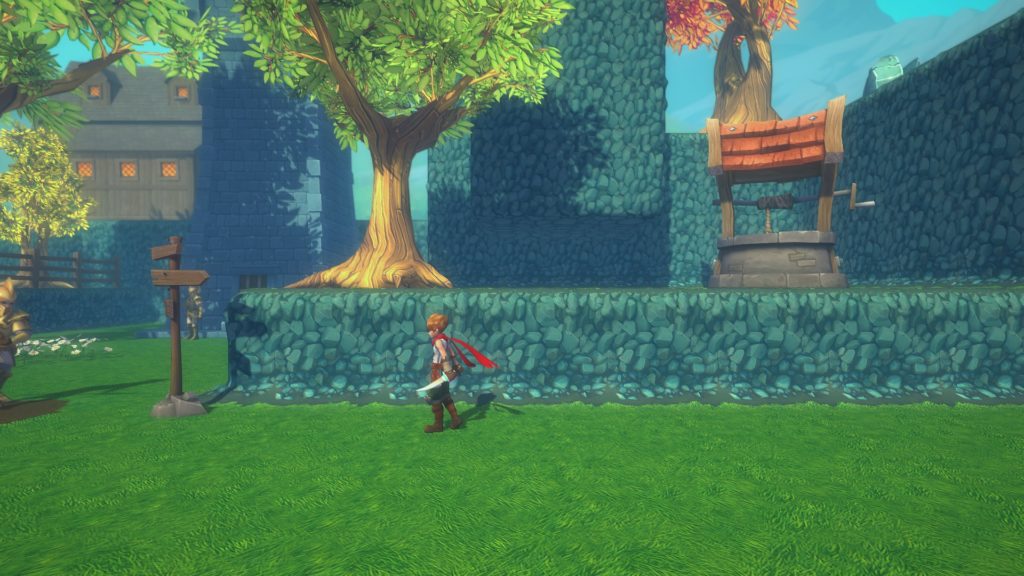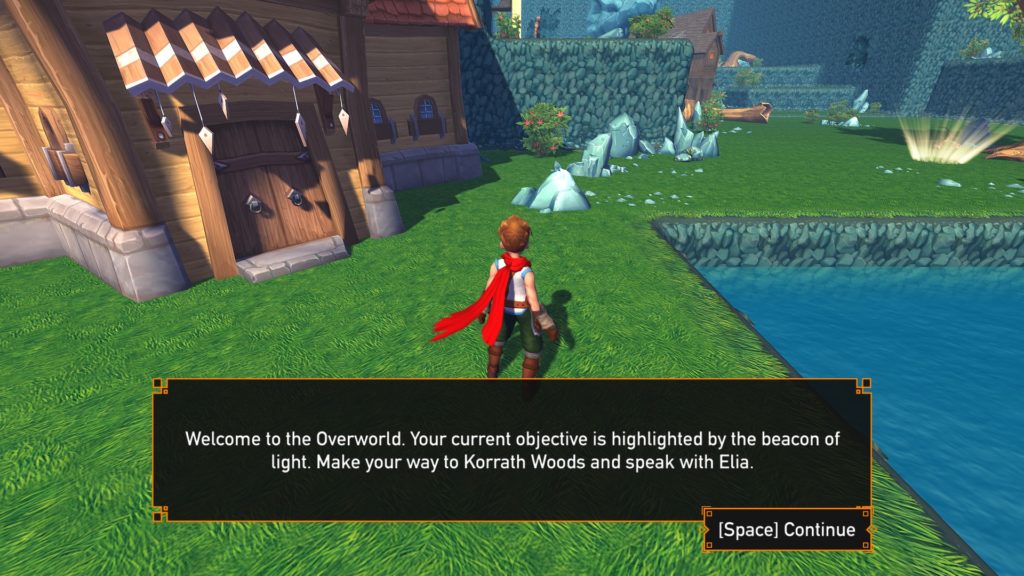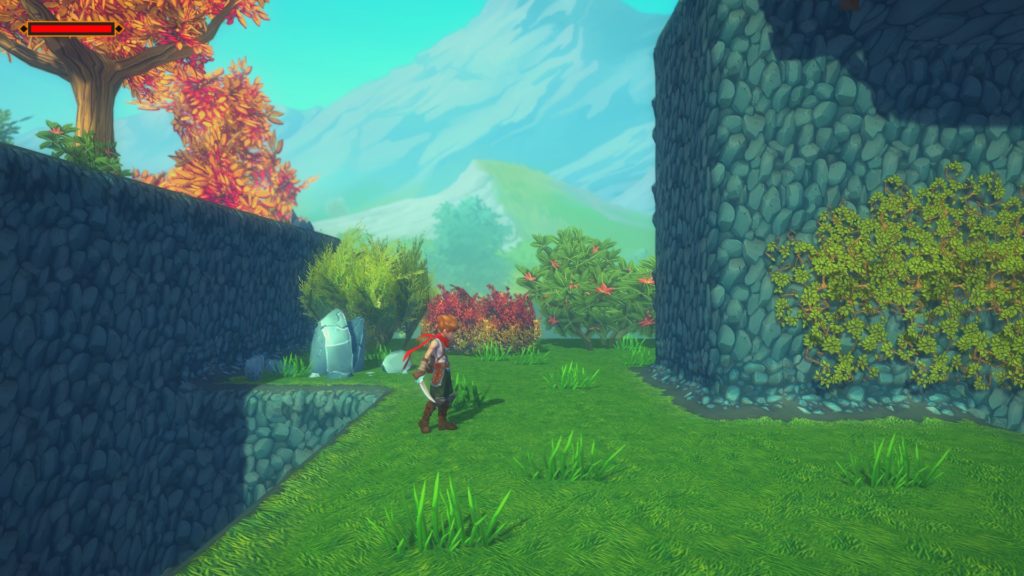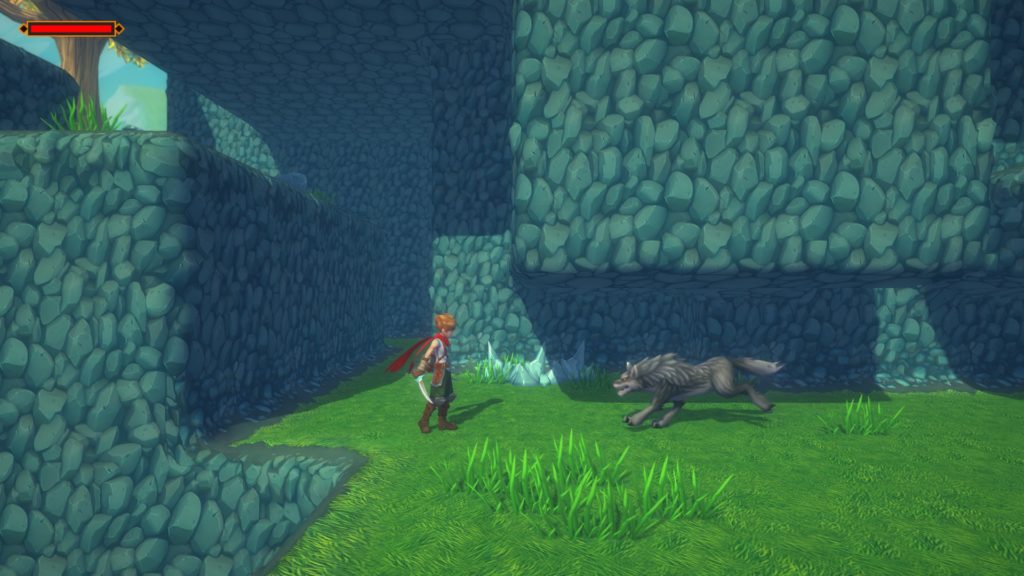Developer: WarSaw Games | Publisher: Fat Dog Games || Overall: 4.0/10
Note: This review was written before I went to get a sandwich.
Dream Alone is coined as an ultra difficult classic 2D platformer with a dark story. While this is technically true, the difficulty doesn’t come from things being hard, it comes from being cheap. Very cheap. The kind of platformers that force you to die to figure out how to get through levels are the worst, and it becomes an exercise in patience more than anything else. There’s nothing particularly difficult about what I played, it’s just annoying.
I try to give games a fair shake, but sometimes they’re just so bad, I don’t want to continue to torture myself. I played the game for just under an hour, it wasn’t getting any better, so I stopped. The real issue here isn’t necessarily the gameplay, or even the gothic art, which is kind of on the creepy/ugly side — I could deal with it. The story was sort of nonsensical, but I didn’t really get very far to be able to judge it fairly. The real issue this game has is the visual effect clutter — it is beyond bizarre. Not only is the game very dark to begin with, using a black and white color scheme, the developers thought that it would also be a good idea to make the game look like it is from aged film stock off a projector, with a black frame blink every five seconds. This is headache inducing, because it is hard to see what is going on; you have an overlay of a film grain/black lines, “projector” noise, and that fucking black frame blink that disorients your timing of jumps. This is supposed to be a video game in 2018, not a video game in 1910. I can’t tell what I’m looking at half of the time as a result, and often fell into a pit, or killed by something else, not being able to see it. This forces you to actually memorize where things are rather than react to what you are seeing — this takes skill out of the equation completely, in my opinion.
The gameplay is technically pretty simple. You jump, move stuff, jump some more, and also go into alternate realities to get past obstacles you wouldn’t be able to otherwise. You get this alternate reality spell non-ceremoniously and this little manchild thing that you are controlling seems to master this ultradimensional ability with no issue. He can also make clones of himself later (not that it makes much sense why) to be able to get past more complex puzzles/obstacles. This is probably personal preference, but it would have been nice to have some sort of context for these strange abilities rather than just attaining them from a random potion bottle. Otherwise, why not just have it from the beginning of the game?
When you die, there is a checkpoint system that is forgiving in that it doesn’t put you back to the beginning of the level. The checkpoints seem to be right after harder obstacles, or just before a string of them. I didn’t get too annoyed with having to repeat any particular puzzle after I had done it, but again, it was a lot of “learn from dying” which got stale real fast. Dying 100 times in less than an hour of gameplay will do that.
There’s a few bugs in the game that are game breaking as well. After the first level, another cut scene was supposed to play, but instead the game decided to crash in spectacular fashion, while it played the audio for the cutscene. So that was a little creepy, I guess. You can use a controller to play, but for some reason the menus don’t react to anything other than the analog stick, so to confirm anything you have to press the enter key on your keyboard — the “A” button doesn’t work. Not sure what is up with that. There was also a really annoying obstacle where if you fell into the swamp and were waiting to die, if the moving mountain thing touched you, you would be ejected out of the swamp. You would then still be in the “dying animation” and can’t move, but since you don’t hit the bottom of the swamp, you don’t die. So, you basically have to quit the game (can’t use the A button to select “Back to Main Menu”) and then start again from the beginning of the level. This happened to me a few times and after the fifth or sixth time, I was done wasting my time.
To drill down more on the visual and audio aspects of the game, the art is technically satisfyingly creepy. The little manchild that you control looks like a weird marionette with his big face and big eyes, and he jumps like one too. The first level, which is a forest, is full of people lynched and/or impaled for some reason. Don’t ask me why. I guess it’s creepy looking, but you would think before whatever plague occurred, the people would be more concerned about the reason why everyone ended up in the forest like that. Or at least clean it up! Sheesh. There also seemed to be enough nightmarish creatures running around that they’d eat the carcasses, but I guess they are too busy running around in predetermined paths that they don’t have time for that. The music is pretty good and matches the atmosphere they are going for. Sound effects are okay, but the grunts for the manchild sound like it is coming from a 30 year old person rather than a little boy, so I don’t know why they thought that was a good idea. At least put some sort of filter on it to make the main character sound younger.
If you like difficult platformers, this could be a game for you. However, I’d classify this as a game that wants to torture you for the sake of its artsy style. Sadists who want to skip a meal at Subway to pay for 21 levels of misery need only be interested. Now if you’ll excuse me, I’m going to eat a sandwich at Subway because I’m hungry.




















